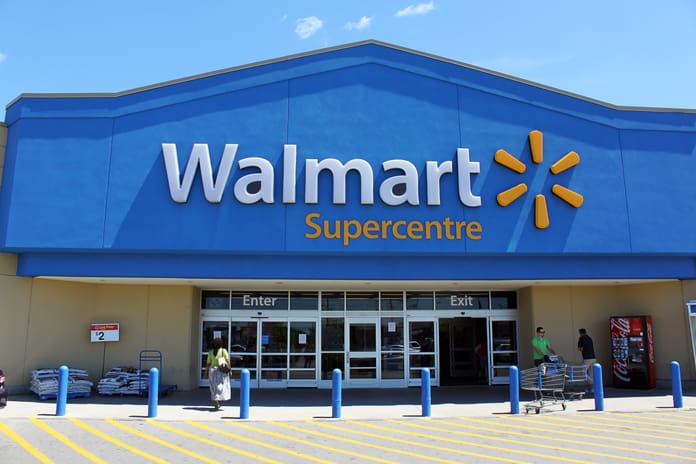Retail-related exchange-traded funds fell into a hole on Tuesday as Walmart’s (NYSE:WMT) shares fell over 10% following the issuance of a poor forecast. Two funds, in particular, have taken a hit due to the announcement. The VanEck Retail ETF (NASDAQ:RTH) and the SPDR S&P Retail ETF (NYSEARCA:XRT) both fell, with RTH falling 3.3% and XRT falling 4%. VanEck’s RTH has the highest portfolio weighting towards WMT of any exchange-traded fund, with a 7.67% investment in the fund. This is the fund’s fourth-largest investment, with a rough market share value of $10.92M.
XRT, on the other hand, has a 1.16% holding in Walmart, making it the fund’s nineteenth most important position, with a market share value of around $4.03M. Tuesday’s decline contributed to RTH and XRT’s year-to-date losses. RTH is down -17.8% in 2022, while XRT is down 33.9%. In the long run, Walmart will be 16.1% lower in 2022. Furthermore, Walmart’s decline has jolted the whole retail industry since funds unrelated to the stock have also fallen. For example, the ProShares Online Retail ETF (NYSEARCA:ONLN) and Amplify Online Retail ETF (NYSEARCA:IBUY) are down 3.6% and 4.3%, respectively.
Walmart Lowered Its Expectations
Walmart (NYSE:WMT) is down 8.1% after the multinational retailer lowered its expectations due to continuing inflation and inventory issues. Furthermore, WMT forecasts operating income to fall 13% to 14% in the second quarter and 11% to 13% in the full year. Walmart’s (NYSE:WMT) stock fell in the extended session on Monday after the company lowered its expectations due to continued inflation and inventory difficulties.
The Arkansas-based retailer forecasts operating income to fall 13% to 14% in the second quarter and 11% to 13% in the whole year. Meanwhile, adjusted profits per share are predicted to dip 8 to 9% and 11 to 13% during the same periods. When the business reported in May, it expected EPS to be “flat to slightly higher” for the second quarter and to fall only 1% for the year.
According to Walmart (NYSE:WMT) CEO Doug McMillon, “Rising food and fuel costs are influencing how customers spend, and while we’ve made tremendous progress clearing hardline categories, fashion in Walmart U.S. requires additional markdown dollars.” We now expect further pressure on general merchandise in the second half.”
In addition to the impact of markdowns as a retailer, the company anticipates a $1.8B headwind from currency movements in the year’s second half. Walmart’s (NYSE:WMT) negative inventory and profit indicators, along with Target’s (NYSE:TGT), shook the entire retail industry in May.
In after-hours trading, a similar ripple effect touched much of the retail market, with names like Target, TJX Companies (NYSE:TJX), and Costco (NASDAQ:COST) plunging substantially in sympathy with Walmart (NYSE:WMT), even though inventory worries are not unique to Walmart. However, the corporation will likely gain from a consumer trade-down, motivating a higher sales projection. The second quarter and full year net sales growth rates are now forecast to be about 7.5% and 4.5%, respectively. The company had earlier predicted “over 5%” and “3.5%” growth for the same periods in May.
“Food inflation is in the double digits and greater than it was at the end of the first quarter,” a press release accompanying the guidance drop noted. “Customers are selecting Walmart to save money during this inflationary period, as seen by the company’s ongoing grocery market share growth.”
Comp sales for the store, excluding gasoline, are likely to increase by 6% in the second quarter, from a previous prediction of 4% to 5% growth. However, as McMillon pointed out, market share gains in food and consumables negatively influence the gross margin rate. Back-to-school sales were also mentioned as a bright point, with robust sales continuing into the fall. However, concerns about profit margins and reduced margins overpowered any optimism about sales patterns heading into Monday’s after-hours trade.
The Bentonville-based retailer’s stock dropped 8.8% shortly after the negative prognosis was released.
Featured Image: Megapixl © Niloo138

















